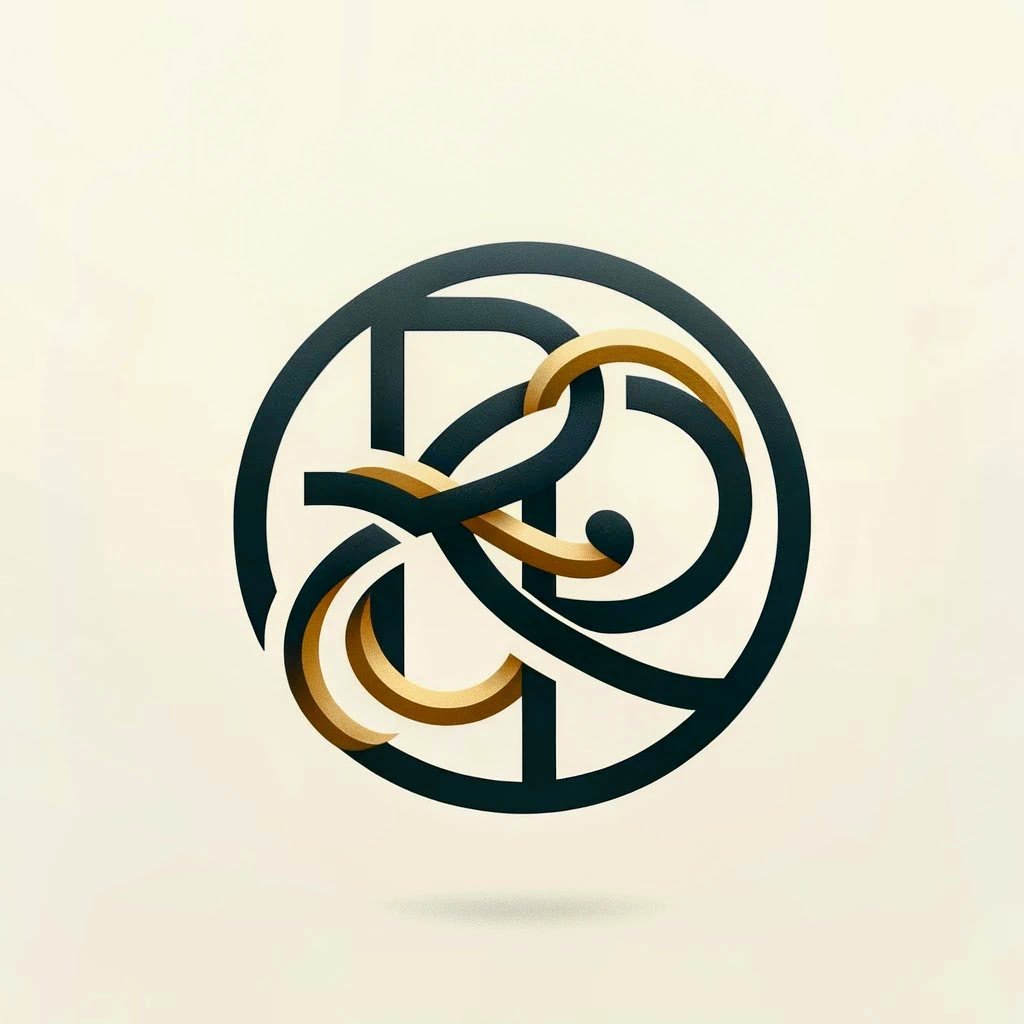Wearables 2.0: Android Wear
 Less than a fortnight ago, Sundar Pichai, Google SVP of Android and Chrome told attendees at SXSW that Google was getting serious about wearable computing and the devices that will power the next generation. Today, Pichai's words came to fruition when Google announced Android Wear, an API and ecosystem for wearable devices. To start with Android Wear will support the first generation of Android smartwatches with an OS custom built for the experience. In this post, we look at what we can expect from Google and Android Wear.The State of SmartwatchesAs a concept, smartwatches have been around for a long time. Specifically the smart watch like the one seen worn by Dick Tracy or the one used by Spock have been bandied around from time immemorial. Things started getting real traction when a spunky upstart, Pebble exploded on Kickstarter raising over $10 million and paving the way for many more such projects. About the same time, Sony released the first of its smart watches which was plagued by bugs.In the past year, things have gotten much more exciting. Samsung got into the game with the launch of Galaxy Gear, a pricey first generation product that was universally panned. Samsung has since announced the second generation of the product - Gear 2 and Gear 2 Neo. The second generation devices, expected to ship this Spring are built using Samsung's Tizen OS instead of Android and promise better performance and battery life over the first. Pebble updated its line with the launch of Pebble Steel and Sony debuted its second generation of smartwatches to better reviews.Rumors have been rampant about Google, Microsoft and Apple getting into the wearable space this year.Enter Android Wear
Less than a fortnight ago, Sundar Pichai, Google SVP of Android and Chrome told attendees at SXSW that Google was getting serious about wearable computing and the devices that will power the next generation. Today, Pichai's words came to fruition when Google announced Android Wear, an API and ecosystem for wearable devices. To start with Android Wear will support the first generation of Android smartwatches with an OS custom built for the experience. In this post, we look at what we can expect from Google and Android Wear.The State of SmartwatchesAs a concept, smartwatches have been around for a long time. Specifically the smart watch like the one seen worn by Dick Tracy or the one used by Spock have been bandied around from time immemorial. Things started getting real traction when a spunky upstart, Pebble exploded on Kickstarter raising over $10 million and paving the way for many more such projects. About the same time, Sony released the first of its smart watches which was plagued by bugs.In the past year, things have gotten much more exciting. Samsung got into the game with the launch of Galaxy Gear, a pricey first generation product that was universally panned. Samsung has since announced the second generation of the product - Gear 2 and Gear 2 Neo. The second generation devices, expected to ship this Spring are built using Samsung's Tizen OS instead of Android and promise better performance and battery life over the first. Pebble updated its line with the launch of Pebble Steel and Sony debuted its second generation of smartwatches to better reviews.Rumors have been rampant about Google, Microsoft and Apple getting into the wearable space this year.Enter Android Wear When Google first announced Google Now, it was a preview of so many contextual experiences to come. Google Glass was the first step in that process. Android Wear is the next big step. Google Now offers contextual information that allow the user to make better choices, when and where they are. Android Wear is a logical extension or endpoint for Google Now's services. At this point, all we have are a few concept videos and pictures from Google to show how the Android Wear OS can enable services and experiences. It will be left to device manufacturers to come up with interesting form factors and differentiating features to make it compelling. Given the relatively barren landscape, this should not be a huge task but it could all change quickly if and when Apple releases its long rumored wearable product(s).PartnersGoogle is promising that all the usual Android suspects are in the game. Qualcomm, MIPS, Intel- the whole nine yards.The first generation of devices are coming this year from Motorola (Moto 360 pictured below), LG (LG concept pictured below) and HTC. Fossil might also be making its own Android Wear device. Motorola claims that its striking design is not just a concept but a reality coming late Summer. If they stick to this design (more pictures here) and ship with decent battery life, they have a winner. Here are some interesting facts and speculation about the Moto360.
When Google first announced Google Now, it was a preview of so many contextual experiences to come. Google Glass was the first step in that process. Android Wear is the next big step. Google Now offers contextual information that allow the user to make better choices, when and where they are. Android Wear is a logical extension or endpoint for Google Now's services. At this point, all we have are a few concept videos and pictures from Google to show how the Android Wear OS can enable services and experiences. It will be left to device manufacturers to come up with interesting form factors and differentiating features to make it compelling. Given the relatively barren landscape, this should not be a huge task but it could all change quickly if and when Apple releases its long rumored wearable product(s).PartnersGoogle is promising that all the usual Android suspects are in the game. Qualcomm, MIPS, Intel- the whole nine yards.The first generation of devices are coming this year from Motorola (Moto 360 pictured below), LG (LG concept pictured below) and HTC. Fossil might also be making its own Android Wear device. Motorola claims that its striking design is not just a concept but a reality coming late Summer. If they stick to this design (more pictures here) and ship with decent battery life, they have a winner. Here are some interesting facts and speculation about the Moto360.
 Apps, Apps, AppsA customized ecosystem for wearables is all fine and dandy but without apps, there is nothing to move things forward. To power the wearable app platform with quality apps, Google has announced a limited developer preview of the Android Wear API. This will enable the first wave of products to have some compelling apps to make it worth a purchase. There is also a Google Plus community to follow and share ideas with.What now?At this point, developers are free to build their apps while Moto, LG, HTC and others are busy building their first devices. By Fall if not earlier, we should see the first generation of Android Wear products hit the shelves. It will be interesting to see the level of Google Now integration they bring to the table and if they go the skin route like they did with their phone and tablet products. There are also real challenges like battery life, visibility in the Sun, robustness and actual utility. With the first or maybe the second wave of devices bearing the Android Wear moniker, we should start to see these things get flushed out to perfection.In the next post, we will look at how this changes the wearable space and affect existing and upcoming products. For now, color me very excited.
Apps, Apps, AppsA customized ecosystem for wearables is all fine and dandy but without apps, there is nothing to move things forward. To power the wearable app platform with quality apps, Google has announced a limited developer preview of the Android Wear API. This will enable the first wave of products to have some compelling apps to make it worth a purchase. There is also a Google Plus community to follow and share ideas with.What now?At this point, developers are free to build their apps while Moto, LG, HTC and others are busy building their first devices. By Fall if not earlier, we should see the first generation of Android Wear products hit the shelves. It will be interesting to see the level of Google Now integration they bring to the table and if they go the skin route like they did with their phone and tablet products. There are also real challenges like battery life, visibility in the Sun, robustness and actual utility. With the first or maybe the second wave of devices bearing the Android Wear moniker, we should start to see these things get flushed out to perfection.In the next post, we will look at how this changes the wearable space and affect existing and upcoming products. For now, color me very excited.

